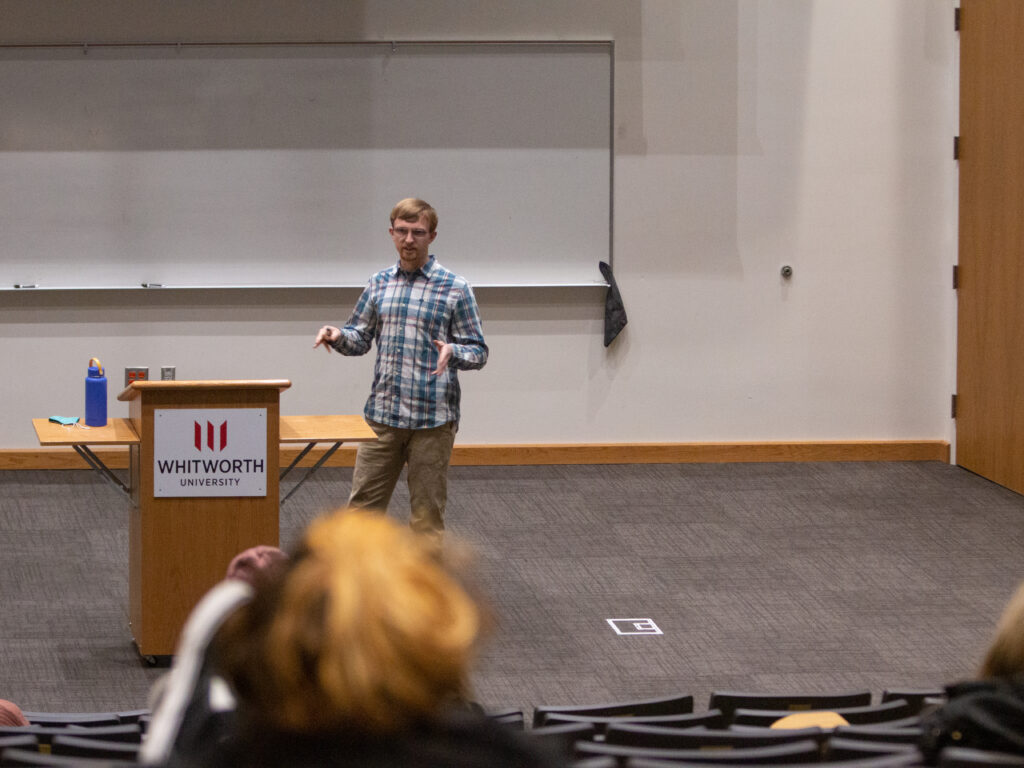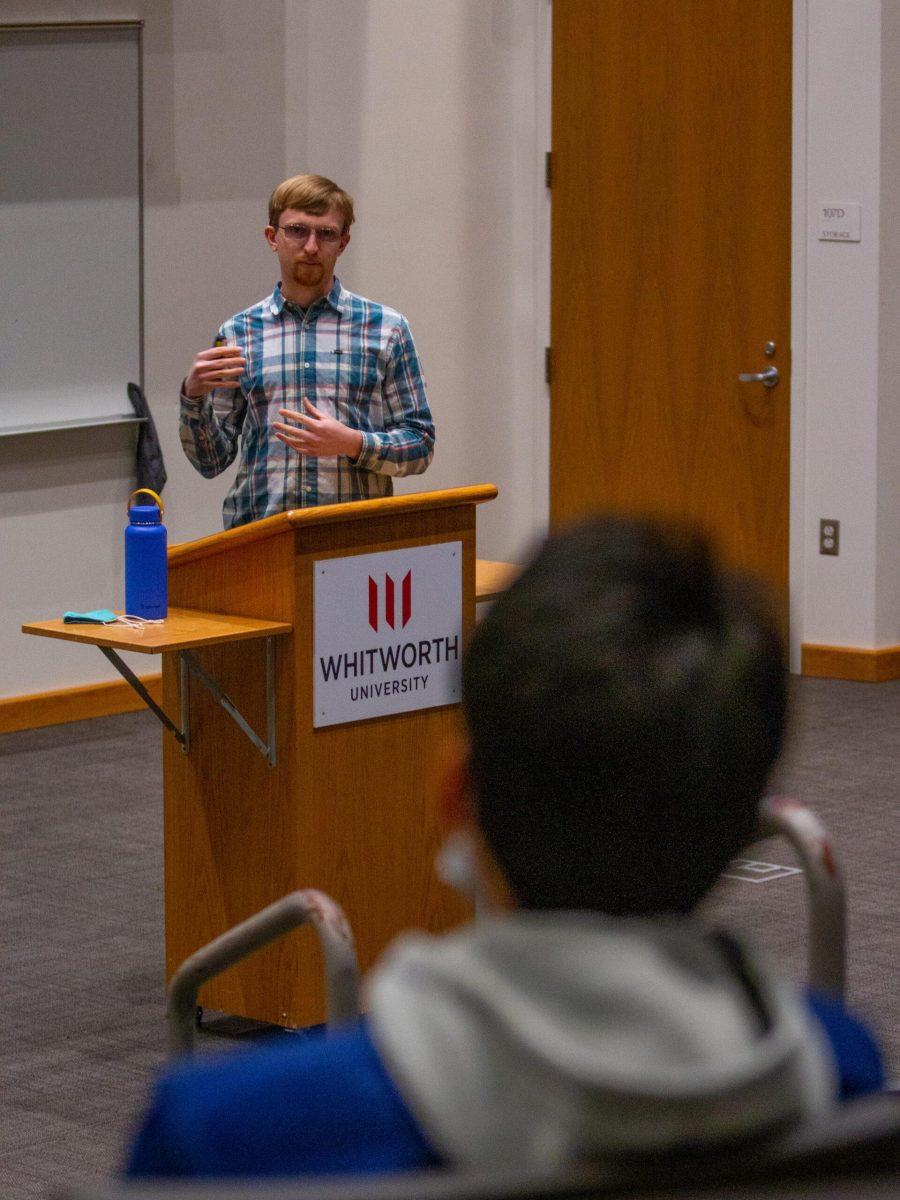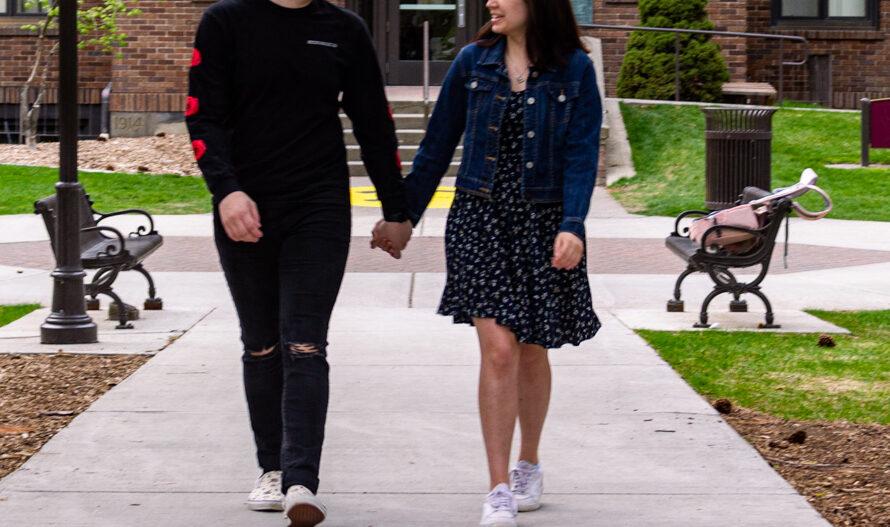By: Emma Maple, staff writer

Floods. Droughts. Hunger. Tornados. Melting icecaps. Rising oceans.
All symptoms of global warming. All things that will only get worse as time goes on.
According to the World Health Organization on October 2021, climate change may be the single biggest threat facing humanity. Something needs to be done to deal with these problems, and soon.
Climate change agreements may be one of the most important ways to address this. There have been two agreements already developed to combat the effects of climate change. The twenty-sixth Conference of the Parties (COP 26) was a time for countries to evaluate what has been done and what needs to be done in the future.
There were good pledges that came out of COP 26. But past precedent has shown that these conferences often produce a lot more words than actions. Unless something drastic changes, it’s unlikely this conference will be any different.
What climate change agreements already exist?
The first agreement, the Kyoto Protocol, was formed in ‘97. This agreement divided countries into two categories (developed and developing) and assigned the nations climate change goals based on which categories they fell into. A few major countries, including the United States, dropped out of this agreement. Bi Zhao, Assistant Professor of Political Science, said that overall emissions increased under this agreement rather than decreased. She said the Kyoto Protocol is “normally considered a failure.”
In 2015, the Paris Agreement decided to take a different approach to addressing climate change at the international level. According to Zhao this agreement realized that you couldn’t just divide countries into two categories and then assign them their goals. Rather, it used a “bottom-up agreement” that asked the countries to come to the conference with individual pledges already developed. Every five years the countries agreed to get together and evaluate how their pledges were coming along.
While COVID put a damper on those plans, COP 26 was the first meeting to evaluate how well the pledges were being upheld.
What are the challenges to fulfilling climate change agreements?
While the pledges and agreements that the countries enter seem wonderful, there’s simply no way to enforce them. We’ve seen this as a problem with both the Kyoto Agreement, which the US withdrew from under the Bush administration, and the Paris Agreement which Trump withdrew from in 2020.
The truth is, that if a country decides they don’t want to be part of these agreements anymore, they can simply withdraw. And that can be a huge problem.
Zhao commented, “almost all international agreements don’t have international binding power.”
And the problem is that it is impossible to separate these issues from politics. Associate Professor of Economics Vange Hochheimer said “when we take 10 steps forward, in the next stage of elections, we can take 10 steps backward.”
And that’s not a United States specific problem. Other countries also fluctuate in their commitment to climate change based on governmental administrations.
Another aspect that is often hard to regulate is the idea of climate justice. Zhao said that this is the idea of countries deciding who should bear the greatest responsibility towards dealing with climate change.
Hochheimer tied this into what she calls “bargaining power differentials.” This means that when you approach an international conference like COP 26, every country doesn’t come to the table with equal power. Some nations have more bargaining power and so they will likely be the ones setting the agenda.
“The playing field is not even between nations.” Hochheimer said.
Will the COP 26 conference produce any lasting change?
COP 26 saw countries pledging to phase down coal and fossil fuel subsidies, halt and reverse deforestation and slash methane emissions. But as wonderful as it sounds, there is no guarantee that these pledges will become a reality.
There’s a lot that goes into the fulfillment of a pledge. Zhao said, “you can make a really ambitious commitment, and then there may be pushback from different industries. So, the actual translation from commitment to actions is questionable. It’s unpredictable. There’s so many uncertainties involved.”
Hochheimer said that she was optimistic about COP 26, partly due to President Biden’s personal platform lining up with the goals of the conference. “If we continue the trajectory and people actually act on it [we’re likely to see actual change].”
Zhao said she would personally love to see the countries increase the pledges given the seriousness of climate change. She believes countries should both decrease their carbon emissions and increase their financial contributions.
COP 26 has a lot of people hopeful about the environment’s future. But hope isn’t going to be enough to solve a worldwide problem.
If we’re going to keep the effects of climate change at a manageable rate, more needs to happen. Individuals, corporations and countries all need to step in and realize that we are all responsible for our world.
Hochheimer summed it up with this sentiment, “One person alone cannot achieve a reduction in greenhouse gases. If we all work together, then we can make progress. But it does take a collective effort.”













 Spokane?
Spokane?